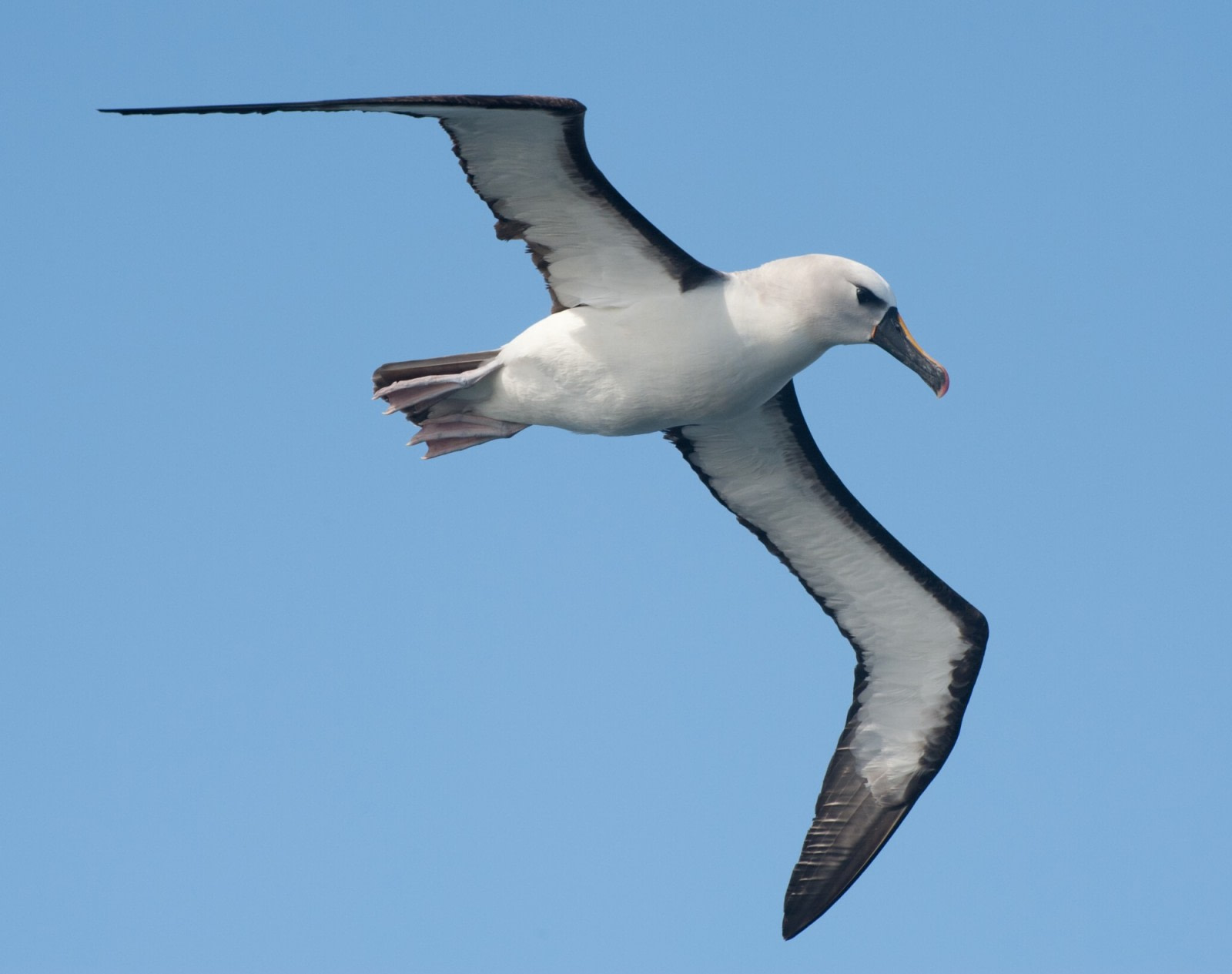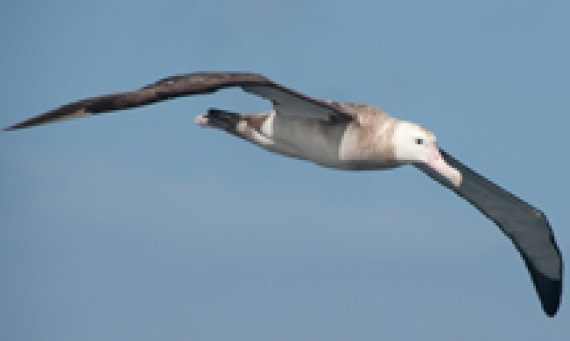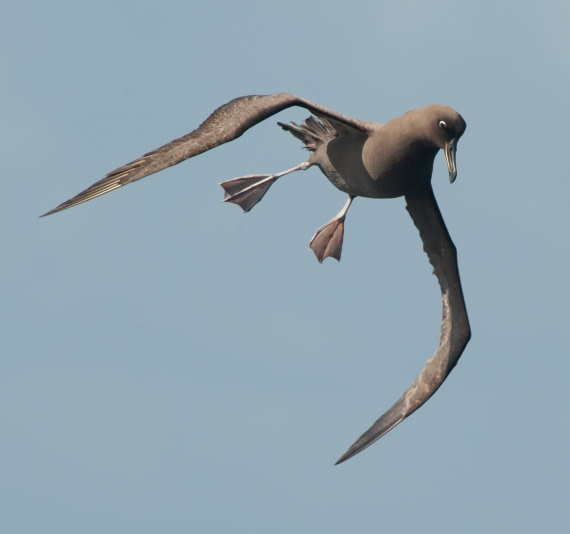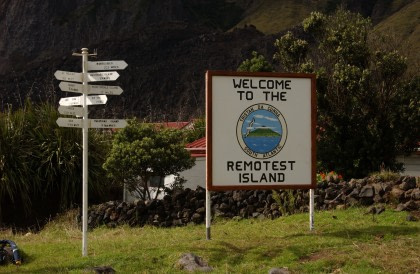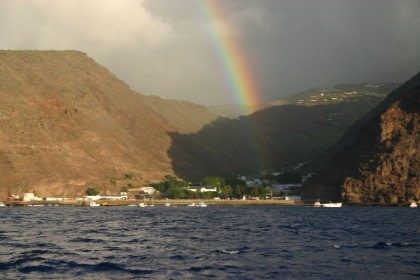Not nightingales, but albatrosses – and a lot more
The Nightingale Island group, despite its name, is not known for its nightingale population. Rather it is the far-ranging albatross that draws the visitors, specifically the hundreds of Atlantic yellow-nosed albatrosses that are commonly found among the island group’s wetland areas. These albatrosses share the terrain with great shearwaters, the most abundant bird on the Nightingale Island group, as well as a colony of breeding northern rockhopper penguins.

The stark world of the Nightingale Islands
Although Nightingale Island is home to over a million breeding birds (and is part of BirdLife International’s Important Bird Area conservation list), it is in fact an otherwise uninhabited active volcanic island. Nightingale Island is part of the Tristan da Cunha island group, the most remote archipelago in the world, being 2,400 km (1,500 miles) from Saint Helena, the nearest inhabited island.
